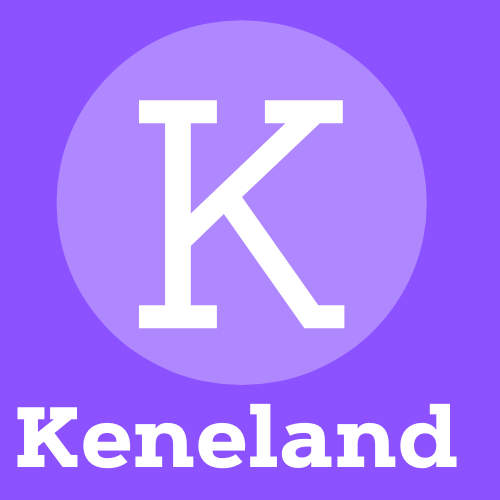
Salesforce Omnistudio is a low-code development platform provided by Salesforce that enables developers and business users to build custom applications on the Salesforce platform without writing extensive code. It is part of the Salesforce Lightning platform and provides a visual, drag-and-drop interface for creating custom objects, workflows, pages, and other components. Omnistudio also offers a set of pre-built templates, components, and tools to help users quickly create and deploy custom applications. The goal of Omnistudio is to make it easier and faster for organizations to build and customize their Salesforce solutions, even for users who have limited or no coding experience.
Here are some common enterprise use cases for Salesforce Omnistudio:
- Customer Service: Organizations can use Omnistudio to create custom service applications to manage and track customer requests, incidents, and cases.
- Human Resources: HR departments can use Omnistudio to build custom applications for employee onboarding, tracking employee data, managing benefits enrollment, and more.
- Sales Operations: Sales teams can use Omnistudio to automate their sales processes, create custom lead and opportunity management applications, and track sales performance and progress.
- Marketing Automation: Marketers can use Omnistudio to create custom lead scoring, nurture campaigns, and track the performance of marketing initiatives.
- Supply Chain Management: Supply chain teams can use Omnistudio to manage and track their suppliers, vendors, and inventory levels.
- Project Management: Project teams can use Omnistudio to manage projects, track task completion, and track the performance of their projects.
- Financial Management: Finance teams can use Omnistudio to create custom financial management applications, such as budget tracking, expense reporting, and invoicing.
- Healthcare Management: Healthcare organizations can use Omnistudio to manage patient data, track patient outcomes, and automate workflows for patient care and treatment.
These are just a few examples of the many different use cases for Salesforce Omnistudio in the enterprise. The platform can be used to build custom applications for a wide range of business needs and industries.
Here’s a high-level architecture view for the first use case, “Customer Service”:
- Data Model: A custom object called
Casecan be created in Omnistudio to store information about customer service requests, incidents, and cases. TheCaseobject can be related to theContactandAccountobjects to store information about the customer and the company they work for. - Workflows and Processes: Workflows and processes can be created in Omnistudio to automate and streamline the customer service process. For example, a workflow can be created to automatically assign cases to specific customer service representatives based on the type of issue.
- User Interfaces: Custom user interfaces can be created in Omnistudio to enable customer service representatives to manage and track customer service cases. These interfaces can include case detail pages, list views, and dashboards.
- Email and Communication: Omnistudio can be used to automate email communication with customers, such as sending updates on the status of their cases.
- Integration: The customer service application can be integrated with other systems, such as an external knowledge base or a customer relationship management (CRM) system, to provide a seamless customer service experience.
This is a basic architecture view for a customer service application built using Salesforce Omnistudio. The platform provides a wide range of tools and components to build and customize the application to meet the specific needs of the organization.
an example of what the code for a simple customer service application in Salesforce Omnistudio could look like:
// Custom Object: Case
public with sharing class Case {
@AuraEnabled public String subject { get; set; }
@AuraEnabled public String description { get; set; }
@AuraEnabled public String status { get; set; }
@AuraEnabled public Id contactId { get; set; }
@AuraEnabled public Id accountId { get; set; }
@AuraEnabled public Id ownerId { get; set; }
public Case(String subject, String description, Id contactId, Id accountId) {
this.subject = subject;
this.description = description;
this.status = 'Open';
this.contactId = contactId;
this.accountId = accountId;
}}
// Workflow
public with sharing class CaseWorkflow {
public static void assignCase(Id caseId, Id ownerId) {
Case c = [SELECT Id, OwnerId FROM Case WHERE Id = :caseId];
c.OwnerId = ownerId;
update c;
}
}
// Apex Controller
public with sharing class CaseController {
@AuraEnabled public static Case createCase(Case c) {
insert c;
CaseWorkflow.assignCase(c.Id, c.ownerId);
return c;
}
@AuraEnabled public static Case getCase(Id caseId) {
return [SELECT Id, Subject, Description, Status, ContactId, AccountId, OwnerId FROM Case WHERE Id = :caseId];
}}
This is a simple example of Apex code for a customer service application built in Salesforce Omnistudio. The Case class defines the custom object that will store information about customer service cases. The CaseWorkflow class contains a static method to assign cases to specific customer service representatives. The CaseController class contains methods to create and retrieve cases. This code can be used as a starting point and further customized to meet the specific needs of the organization.
